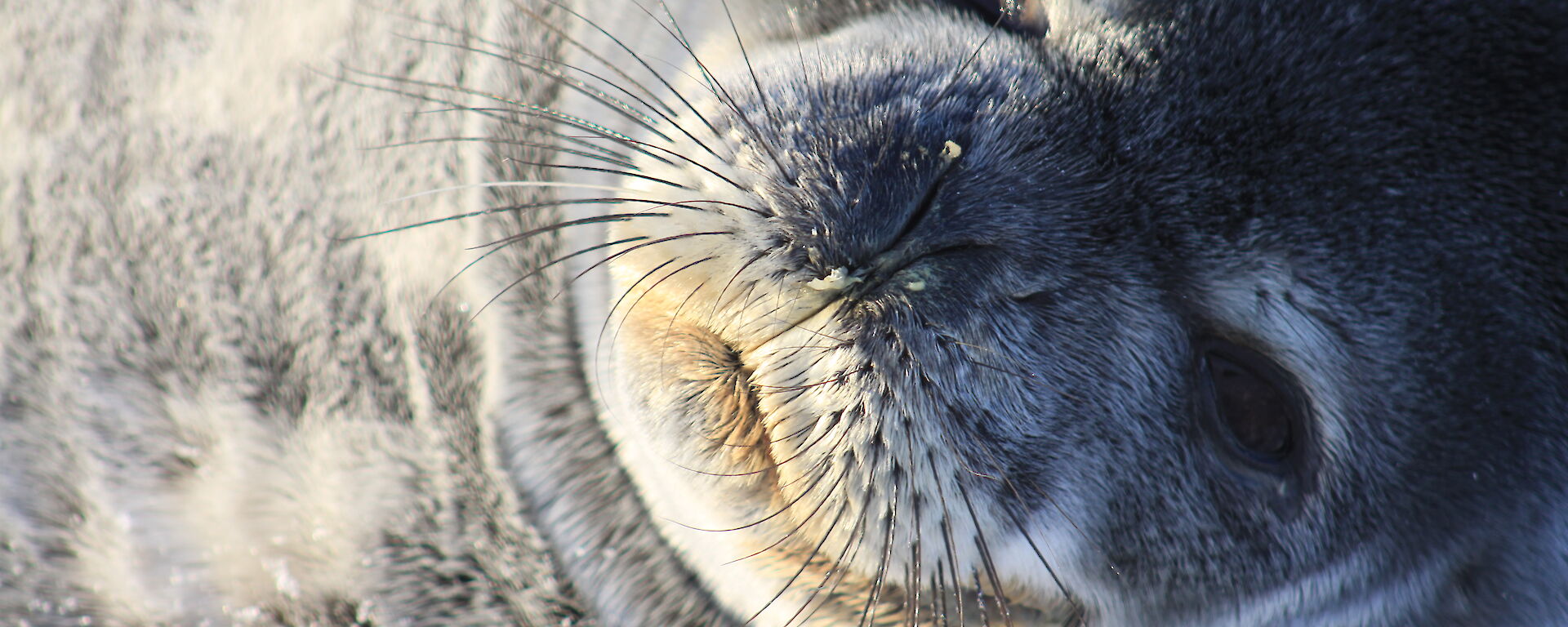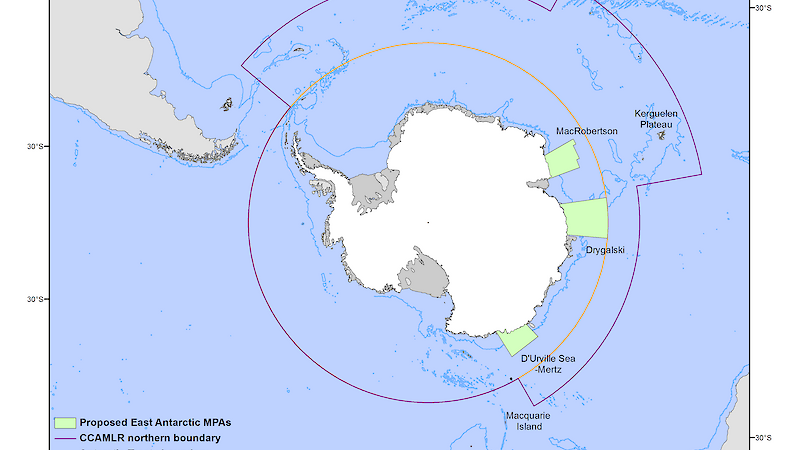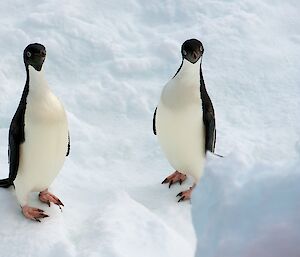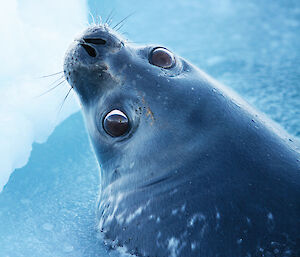A joint proposal by Australia, France and the European Union for Marine Protected Areas (MPAs) will be back before the Commission for the Conservation of Antarctic Marine Living Resources (CCAMLR) at its annual meeting in Hobart this week.
The proposal is for a representative system of MPAs of around 1.6 million square kilometres in east Antarctica, covering diverse and important Southern Ocean ecosystems.
Australian Antarctic Division Director, and leader of the Australian delegation to CCAMLR, Dr Tony Fleming said that the MPAs will protect areas that are vulnerable to disturbance, and that play critical ecological roles, such as krill and toothfish nurseries, and marine mammal and penguin foraging areas.
“A lot of work has gone into this proposal to get the balance right,” Dr Fleming said.
“We understand that at previous meetings some CCAMLR Members have sought more time to give such a major proposal serious consideration, but many Members, including Australia maintain that CCAMLR is ready to move forward and establish the east Antarctic MPA.
“Since the last time CCAMLR met to discuss MPAs (in July 2013) we have continued to work with our French and European Union colleagues to refine the proposal. Our submission to this meeting on the east Antarctic MPA builds on a number of comments and suggestions provided by Members. We remain positive going into this week’s meeting, and hopeful of a successful outcome.
“The east Antarctic MPA has been designed for multiple uses — so that key conservation goals can sit side by side with continuing access to these areas according to CCAMLR’s effective management framework,” Dr Fleming said.
A five-nation statement, issued last week, by the Foreign Ministers of Australia, France, the European Union, New Zealand and the United States has called on CCAMLR to establish MPAs in the Southern Ocean, in east Antarctica and the Ross Sea.
The statement said that the two MPA proposals are widely recognised for their remarkable ecological and scientific importance; are based on sound and best available science; will provide a unique laboratory for continuation of marine research; and will have profound and lasting benefits for ocean conservation, including sustainable use of its resources.
Australia’s other priorities for this year’s meeting include implementing CCAMLR’s new compliance framework, continuing actions to address illegal, unregulated and unreported (IUU) fishing, and progressing the recommendations from the CCAMLR Performance Review.
The Commission for the Conservation of Antarctic Marine Living Resources (CCAMLR) was established in 1982 under the Convention of the same name. The sole objective of the Convention is the conservation of Antarctic marine living resources where the definition of conservation includes rational use. The 24 Member Nations and the European Union make up the 25 Members of CCAMLR.





